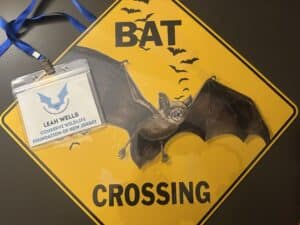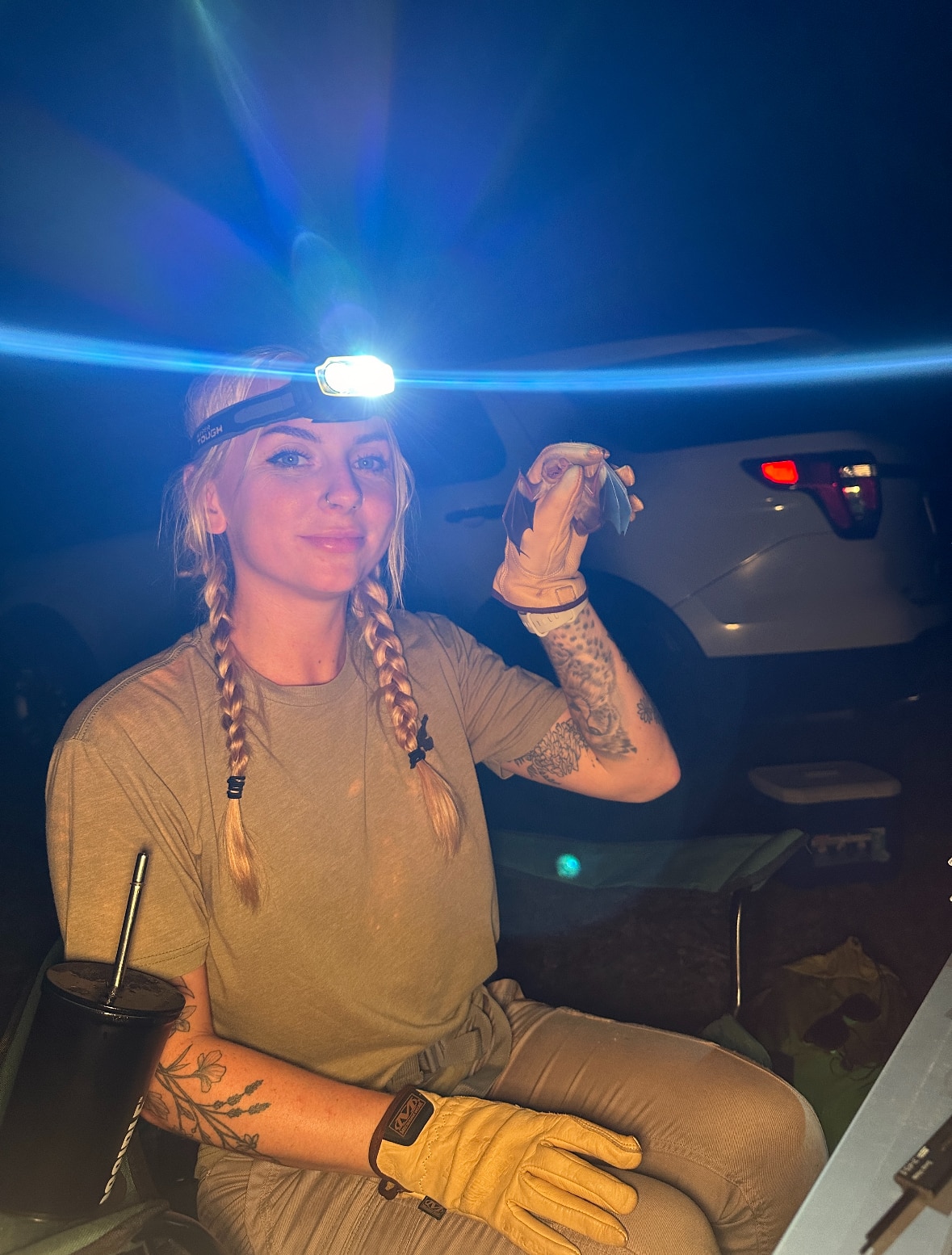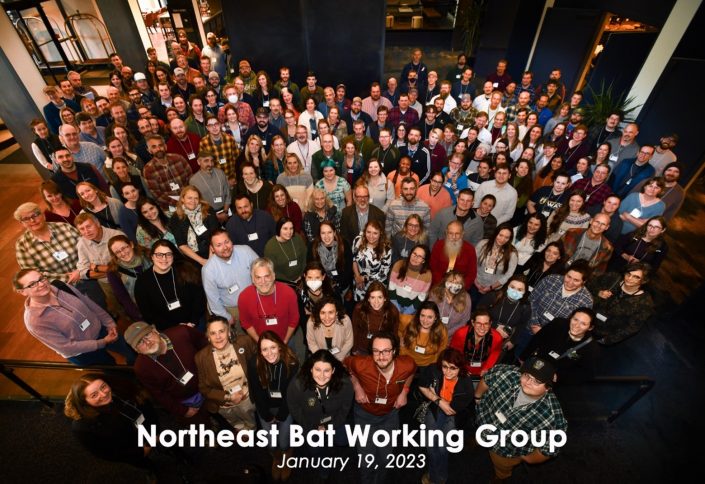Insights from the Northeast Bat Working Group’s Annual Meeting
This marked my second year attending the Northeast Bat Working Group’s (NEBWG) annual meeting, a highly regarded 3-day event that convenes researchers, biologists, and educators to address the challenges bats face across North America. As in previous years, the meeting proved to be both inspiring and thought-provoking.

Discussions centered on the primary threats to bat populations, including white-nose syndrome, habitat loss, climate change, and collisions with infrastructure such as wind turbines. Attendees presented their research, proposed innovative solutions, and collaborated on strategies to mitigate these pressing issues. Sessions covered a diverse array of topics, from advancements in bat rehabilitation techniques to improved methods for monitoring populations and assessing the impacts of climate change.
Continue reading “Insights from the Northeast Bat Working Group’s Annual Meeting”

